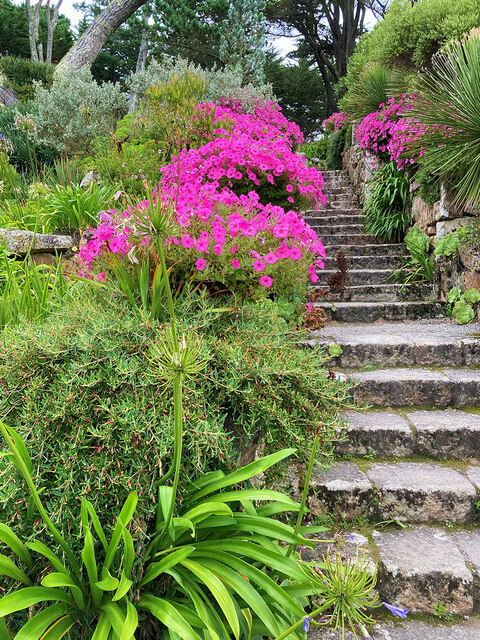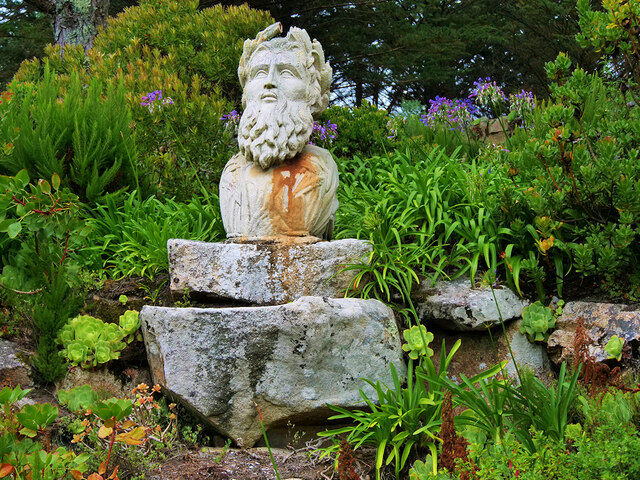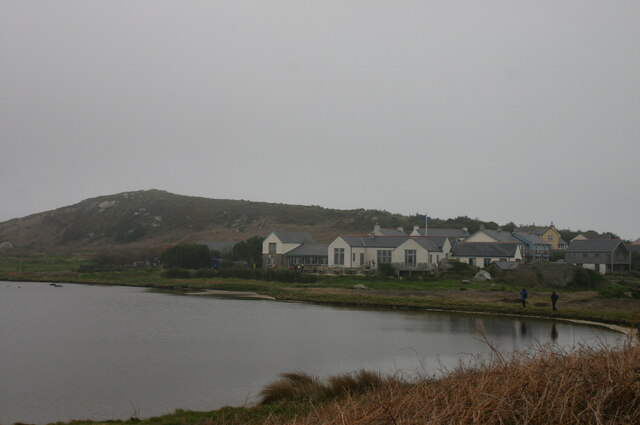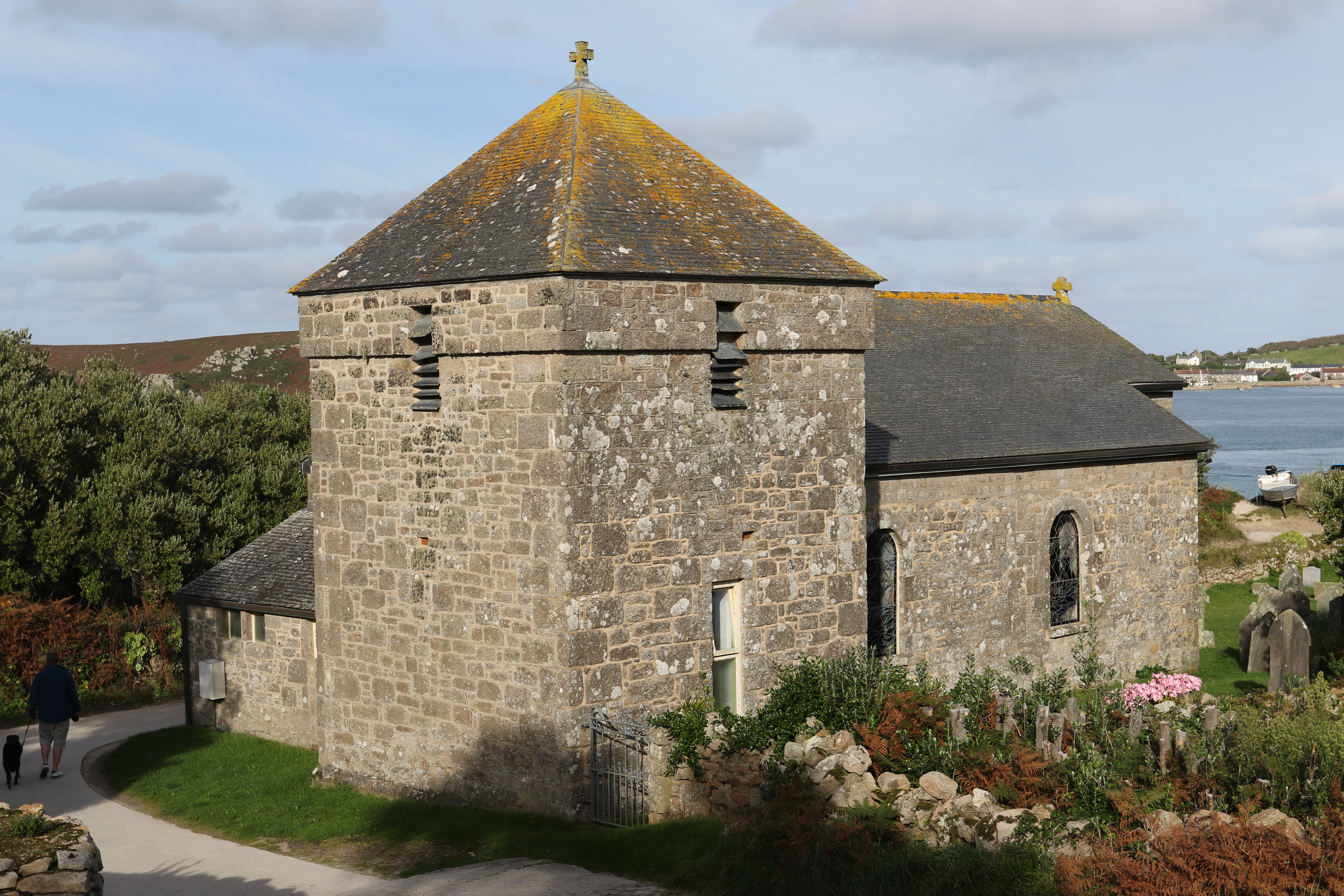Pool
Settlement in Cornwall
England
Pool

Pool is a small village located in the western part of Cornwall, England. It lies within the civil parish of Illogan and is approximately three miles east of the popular coastal town of Redruth. Situated on the A3047 road, Pool benefits from good transport links to nearby towns and attractions.
Originally a mining village, Pool has undergone significant changes over the years. Once a hub for copper and tin mining, the landscape now reflects a more residential and commercial character. However, remnants of its mining heritage can still be seen in the form of old engine houses and mine shafts scattered throughout the area.
Today, Pool is primarily known for its retail park and industrial estate, both of which have contributed to the village's economic growth. The retail park hosts a range of stores and supermarkets, offering a variety of shopping options for locals and visitors alike. The industrial estate is home to numerous businesses, providing employment opportunities for the community.
Although small, Pool offers a range of amenities and services, including a primary school, a community center, a library, and several pubs and restaurants. The village also benefits from being close to beautiful countryside, with nearby attractions including Tehidy Country Park and the Great Flat Lode Trail, which offers scenic walks and cycling routes.
Overall, Pool is a quiet village that has evolved from its mining past into a thriving residential and commercial area. With its convenient location and range of amenities, it provides a comfortable and convenient place to live or visit in Cornwall.
If you have any feedback on the listing, please let us know in the comments section below.
Pool Images
Images are sourced within 2km of 49.950831/-6.35827 or Grid Reference SV8714. Thanks to Geograph Open Source API. All images are credited.















Pool is located at Grid Ref: SV8714 (Lat: 49.950831, Lng: -6.35827)
Division: Isles of Scilly
Unitary Authority: Isles of Scilly
Police Authority: Devon and Cornwall
What 3 Words
///bookshelf.often.skewing. Near Bryher, Isles of Scilly
Nearby Locations
Related Wikis
Bryher
Bryher (Cornish: Breyer, lit. 'place of hills') is one of the smallest inhabited islands of the Isles of Scilly, with a population of 84 in 2011, spread...
All Saints' Church, Bryher
All Saints' Church is a Grade II listed parish church in the Church of England located in Bryher, Isles of Scilly. == History == Bryher is the most westerly...
Gweal, Isles of Scilly
Gweal ( GWEEL; Cornish: Gwydhyel, lit. 'place of trees') is one of the Isles of Scilly. It is the largest of the seven Norrard Rocks due west of Bryher...
Norrard Rocks
The Norrard (Northern) Rocks are a group of small uninhabited granite rocks in the north–western part of the Isles of Scilly, to the west of Bryher and...
Nearby Amenities
Located within 500m of 49.950831,-6.35827Have you been to Pool?
Leave your review of Pool below (or comments, questions and feedback).




